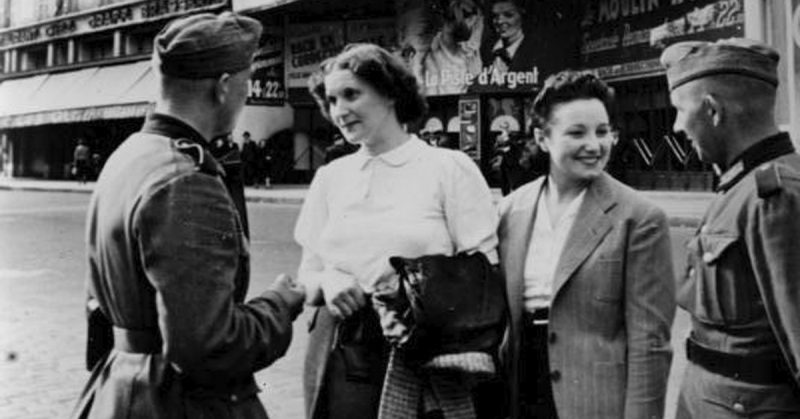Bread, fat, and flour were among the first items to be rationed. Milk, butter, cheese, and meat soon followed.
When the war broke out in Europe, Paris was a busy cosmopolitan city and the center of business, finance, arts, and culture.
When it fell under German occupation, life became very different for Parisians, especially for the city’s Jewish community. Paris had been home to a Jewish community for centuries, many living in the traditional Jewish Quarter in the Marais District in the 4th Arrondissement.
Paris was also a city where artists and intellectuals had traditionally congregated, both before and during the war. It was home to many prominent artists, writers, and philosophers.
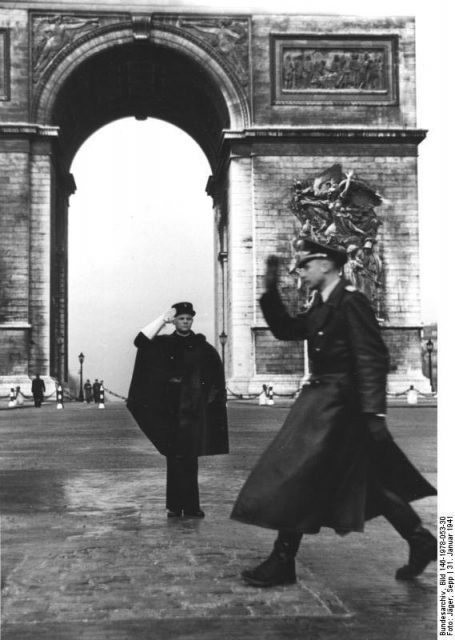
Everything changed on May 10, 1940, when Germany attacked France. Soon afterward, the French government moved its headquarters to Vichy. From there, a nominal French authority led by Marshall Philippe Pétain ruled under the scrutiny and control of the Germans.
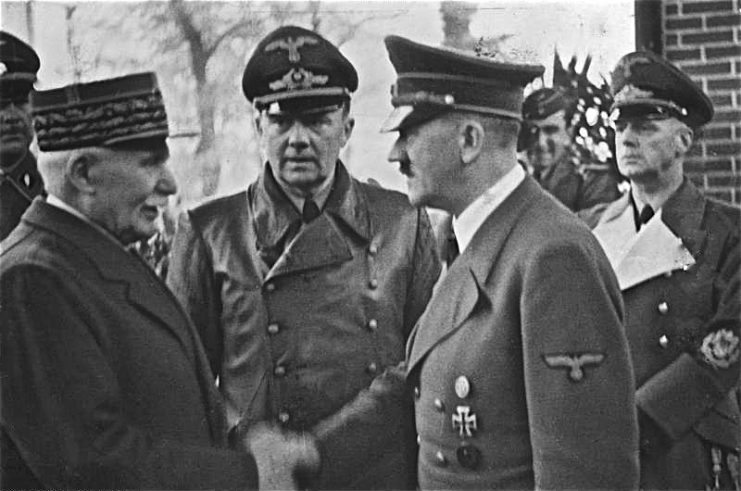
Everyday life
Everyday life became both difficult and dangerous for many Parisians. Movement was restricted, and a 9.00pm curfew was imposed in many areas. As the needs of the German war effort took priority, much of the food being produced was sent out of the country leading to severe food shortages.
Many Parisians left the city. During 1940 it is estimated that more than one million Parisians headed out to the provinces. Others were forced to leave the country. Under a forced work program known as the Service du Travail Obligatoire, many French workers were deported and sent to provide labor for Germany.
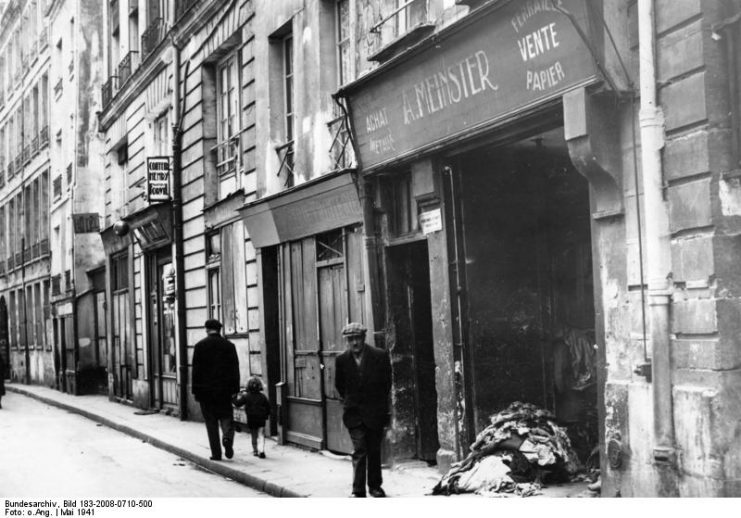
For those who remained, essential supplies were rationed and luxury items became almost non-existent. Bread, fat, and flour were among the first items to be rationed. Milk, butter, cheese, and meat soon followed.
People would often make a trip out to the countryside in the hope of being able to buy fresh produce, and vans carrying food out of the country to Germany were sometimes ambushed by the French.
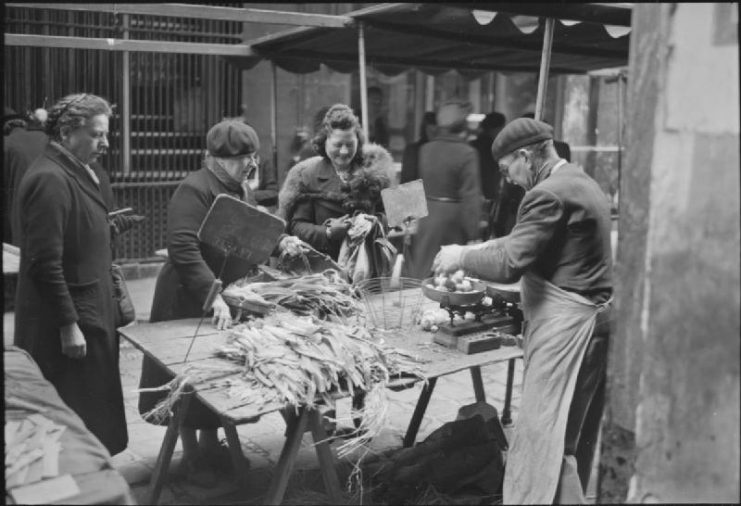
Despite the shortages, some restaurants managed to stay open, but their menu was dictated by the authorities as well as by what was available. They were only allowed to serve meat on certain days, and items previously taken for granted like cream and coffee were now considered a great luxury and were rarely available.
As a result, a black market grew up doing business in the bars around the Champs Elysee out of sight of the officials.
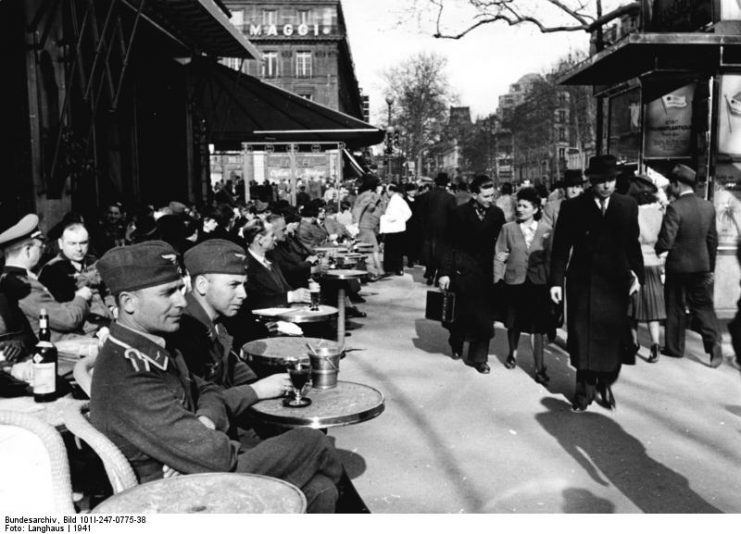
There was also a shortage of fuel as that was being diverted to help the German War effort. Coal for heating was scarce, as was gas for cars. Many people were no longer able to drive, and the number of cars on the roads dropped dramatically.
Public transport including the Metro still ran but was much less reliable, and the number of buses dropped from 3,500 to just 500. To compensate, there was a return of horses and carts, and the number of bicycles increased with some people even offering a bicycle taxi service.
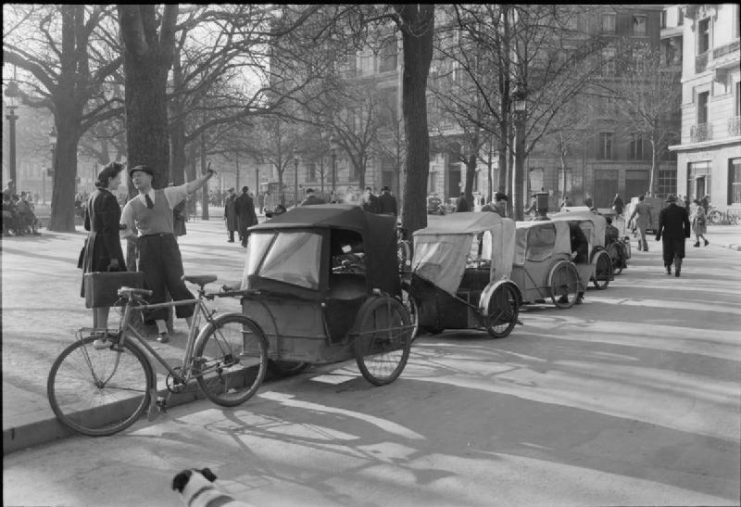
Life was hard for everybody, but it was especially hard for the city’s Jewish population. Jews in Paris were forced to wear a yellow star of David to distinguish them from other citizens. They suffered many forms of discrimination. They were banned from many occupations and professions as well as being barred from certain public places.
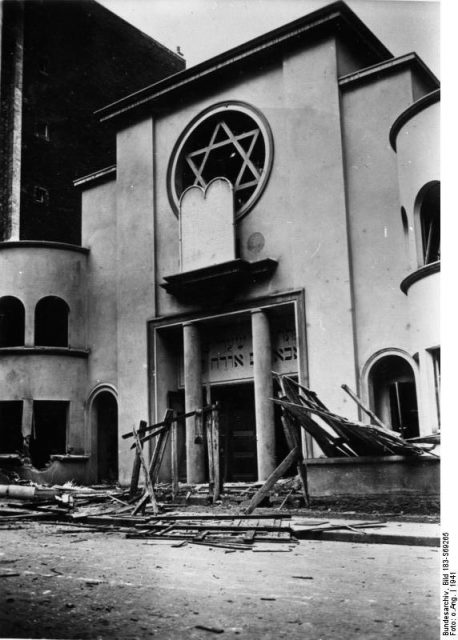
It was only a matter of time before French Jews met the same fate as German and Polish Jews. In July 1942, they were rounded up and taken to the concentration camp at Auschwitz.
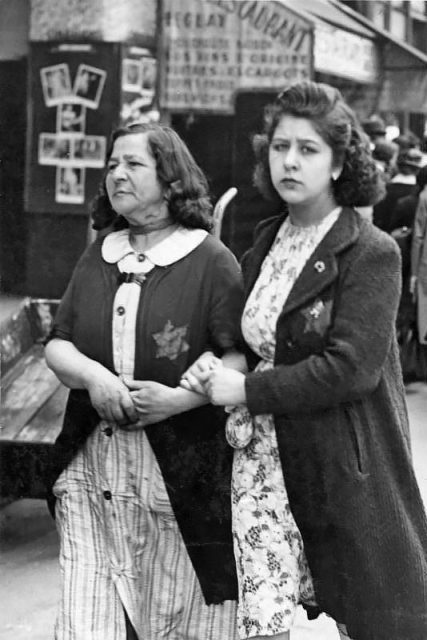
Arts and Culture
Before the war, Paris had been a major center of arts and culture. Some artists stayed throughout the war, while others fled. The painter Georges Braque left but returned in autumn 1940.
Pablo Picasso had left for Bordeaux, but he also returned to Paris. He continued to work in his studio where he handed postcards to visitors. The postcards showed his famous painting Guernica which he had painted as an anti-fascist statement during the Spanish Civil War.
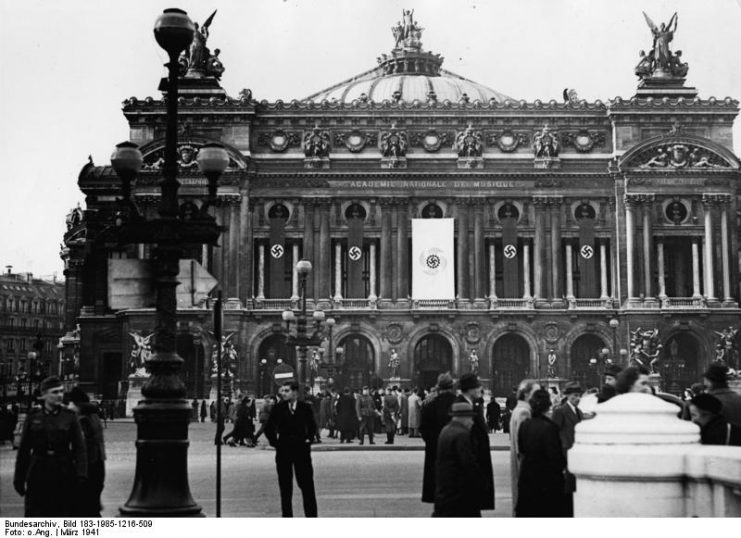
Matisse was another artist who continued to work, but as he was officially denounced by the Nazis, he kept a low profile.
The Great Art Robbery
Early on, the government moved many of the city’s art treasures out of Paris to safer parts of the country. However, many great works of art remained in Paris, and the Germans were able to take their pick.
Paris also had many smaller privately-owned galleries, and those owned by Jewish proprietors had their contents removed to Germany. Any artwork left behind when people had fled or been deported could also be taken.
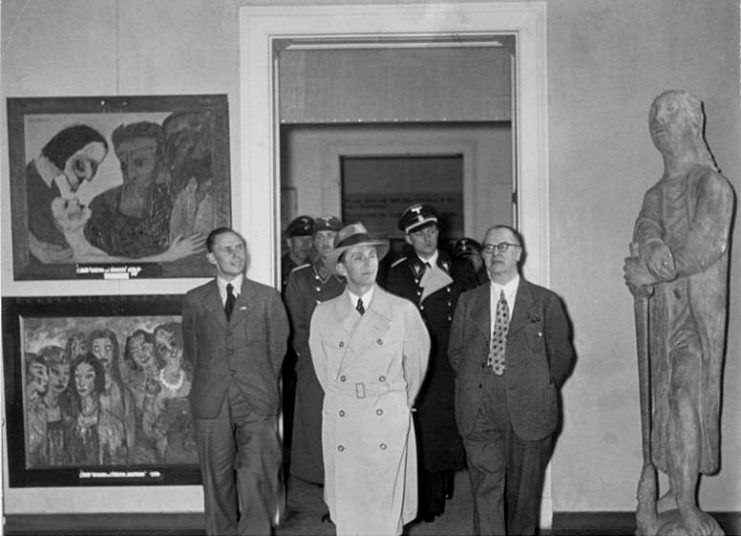
In addition, the German authorities gained access to private bank vaults containing works of art and helped themselves to whatever they wanted.
As the occupation progressed, Germany acquired so much art that they set up a special task force – the Rosenberg Task Force — to catalog it all. As well as paintings by masters like Rembrandt and Van Dyck, they also took jewels, statues, and stained glass windows.
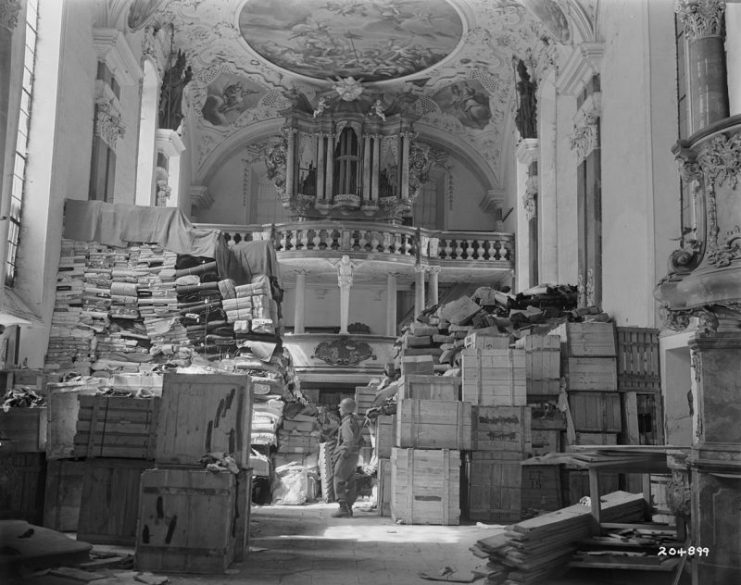
Collaboration and resistance
Although many Parisians fled, those who remained did not sit back and accept the German authority as it was administered through the Vichy Government.
Many were encouraged to resist the German Occupation when they heard a radio broadcast on June 18, 1940, by Charles de Gaulle. De Gaulle was then an army general. He made the broadcast from Britain, urging people to resist the occupation.
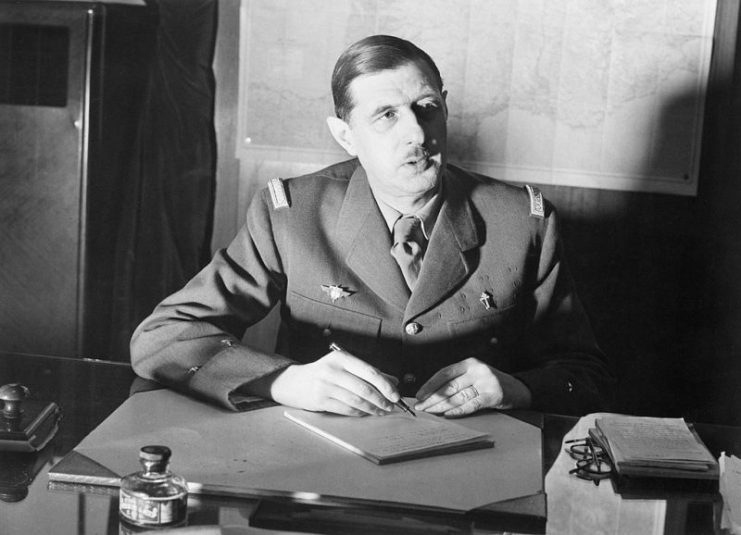
At first, these protests were largely symbolic and achieved little except for a tightening up of controls and a ban on weapons and short-wave radio transmitters. But in time it grew into the organized underground Resistance Movement.
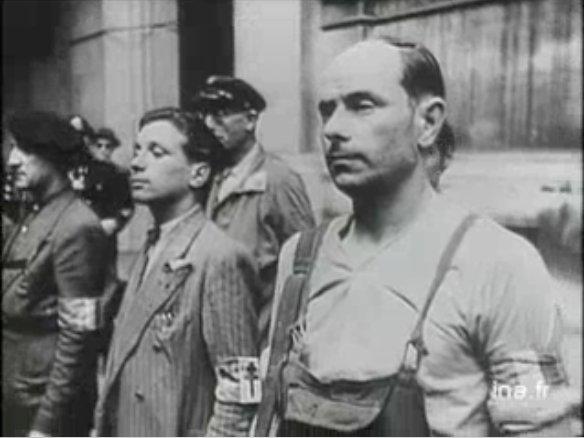
The Resistance gained access to a printing press in the Museum of Ethnography (Le Musee d’Homme) and was able to produce and distribute an underground newspaper.
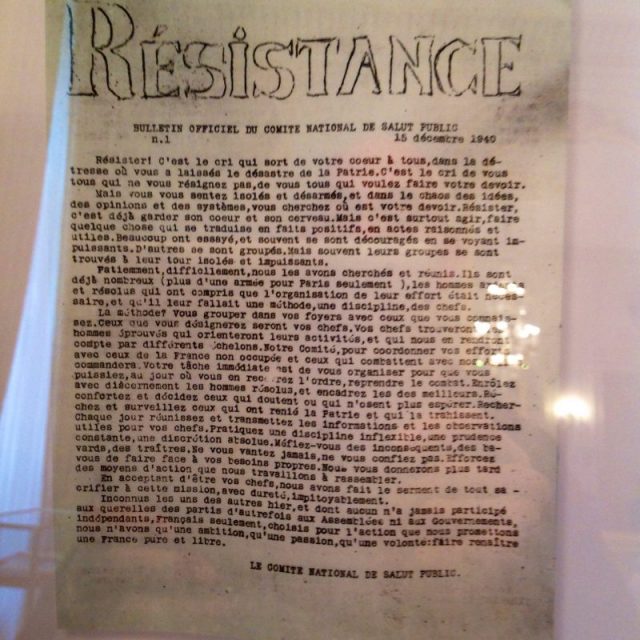
Members of the Resistance faced many risks including execution. They formed into small cells and worked in secret. They moved away from public demonstrations and focused on providing intelligence and information as well as helping Jews to escape from the country.
Meanwhile, the Vichy Government continued to carry out the Nazi agenda in France. There were, of course, many who accepted the Vichy government’s authority and even sympathized with it. Anti-Semitism was a problem in Europe beyond Germany.
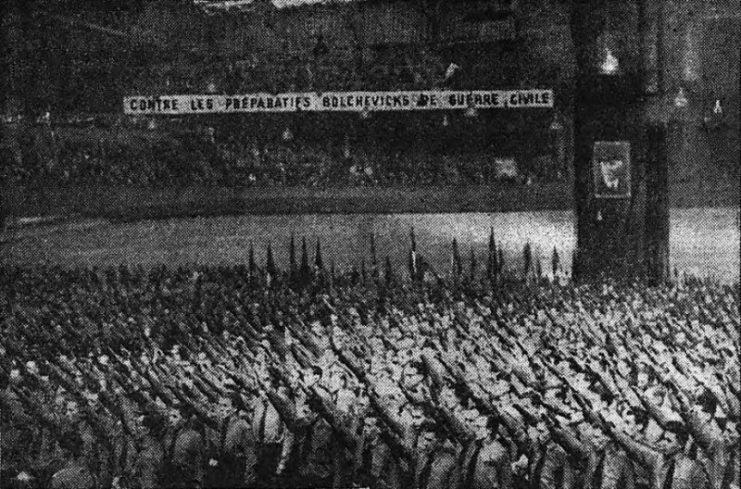
For some, the occupying Germans provided lucrative business opportunities, so there were those who collaborated with the occupying forces in different ways.
Liberation
Paris was liberated on August 25, 1944, following the Battle of Paris. This began as an uprising on August 19, led by the French Forces of the Interior which was the military division of the French Resistance Movement.
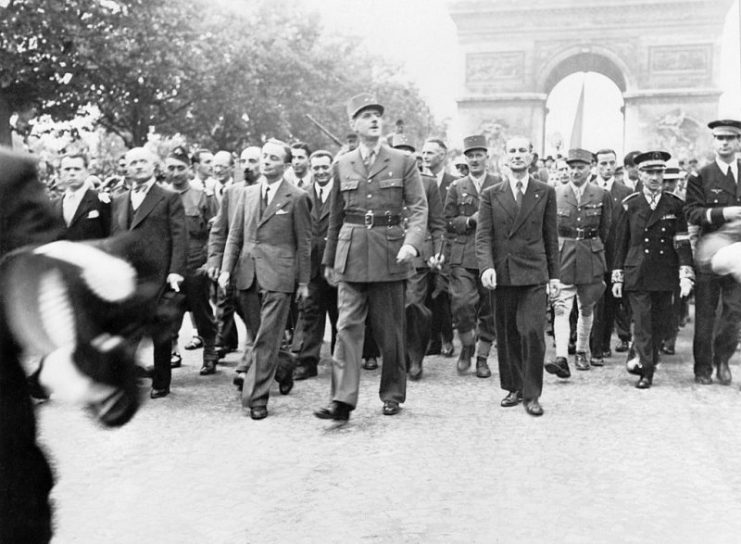
They were assisted by Allied airmen and other troops who had been in hiding in the outer suburbs of Paris. With the help of these troops, the French Resistance forces managed to take control of the German garrison.
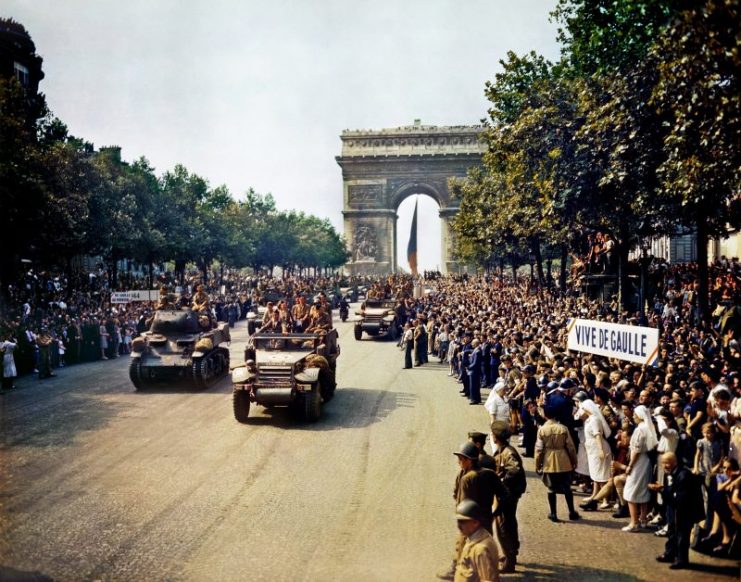
Read another story from us: Saving Paris: U.S. Marines at Battle of Belleau Wood
The military governor in Paris, Von Choltilz, surrendered and was taken prisoner by the Allies. Charles de Gaulle who had led the resistance movement took control and the city of Paris was finally liberated after four years of German occupation.
